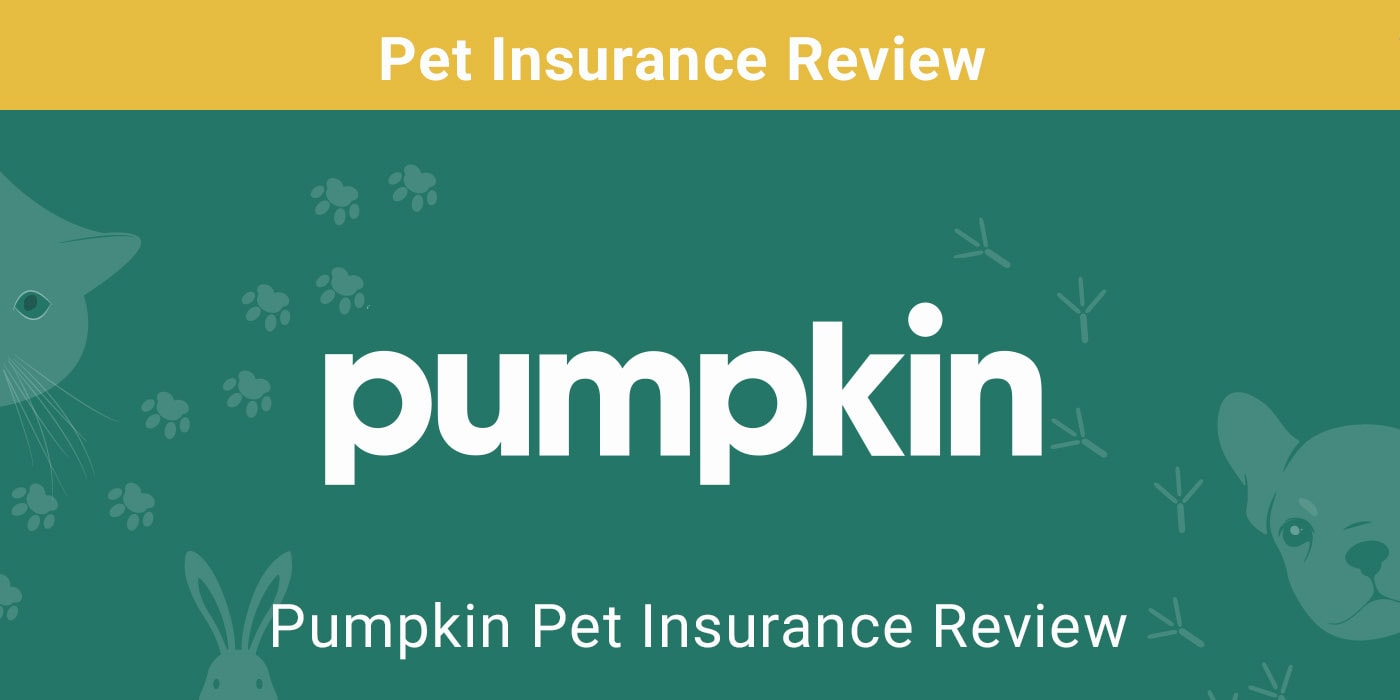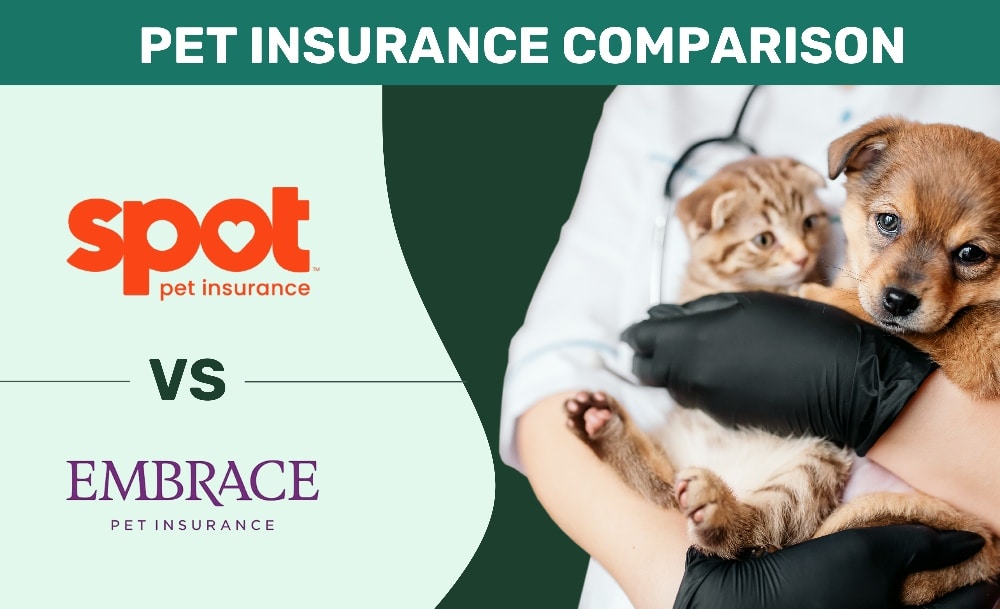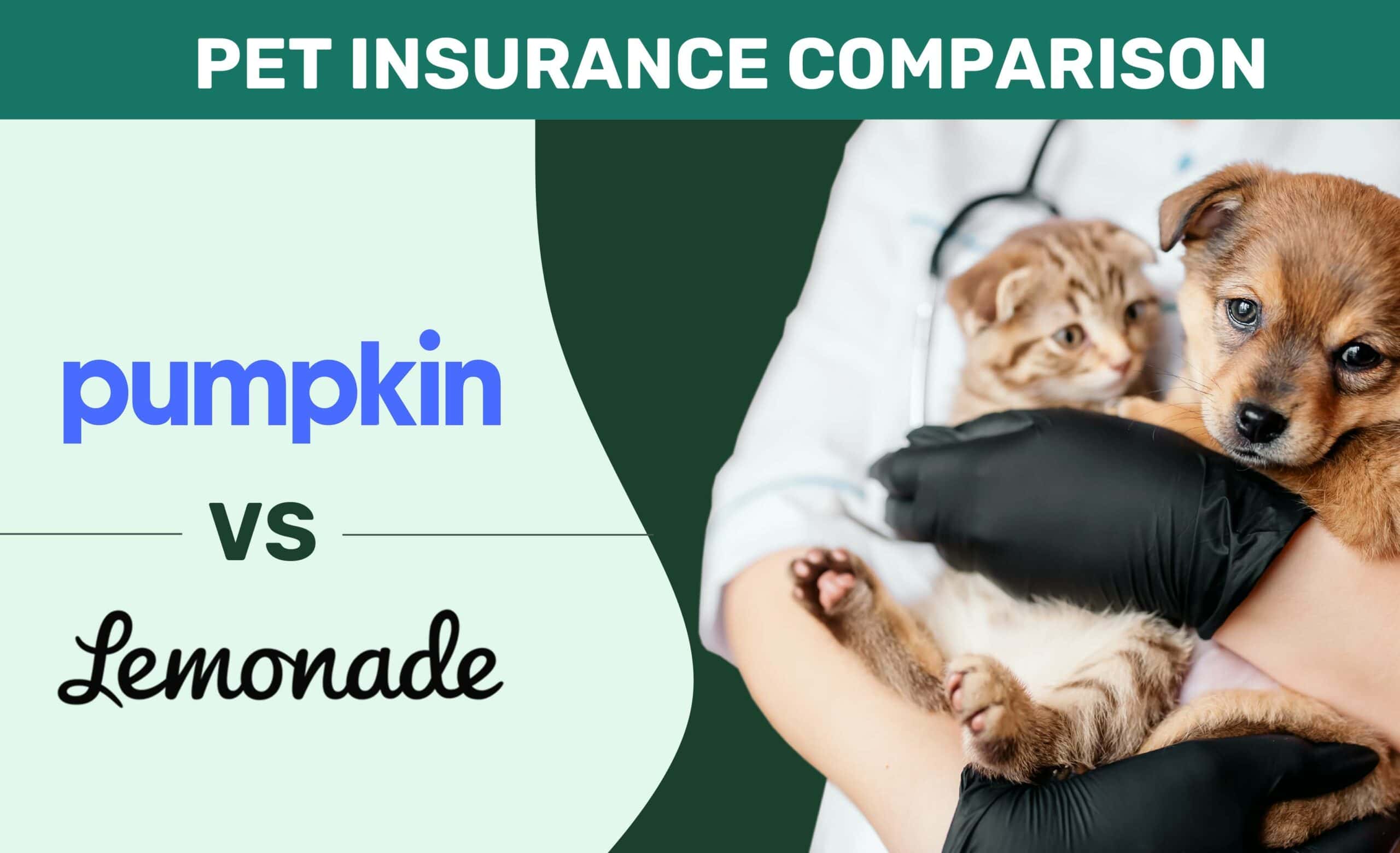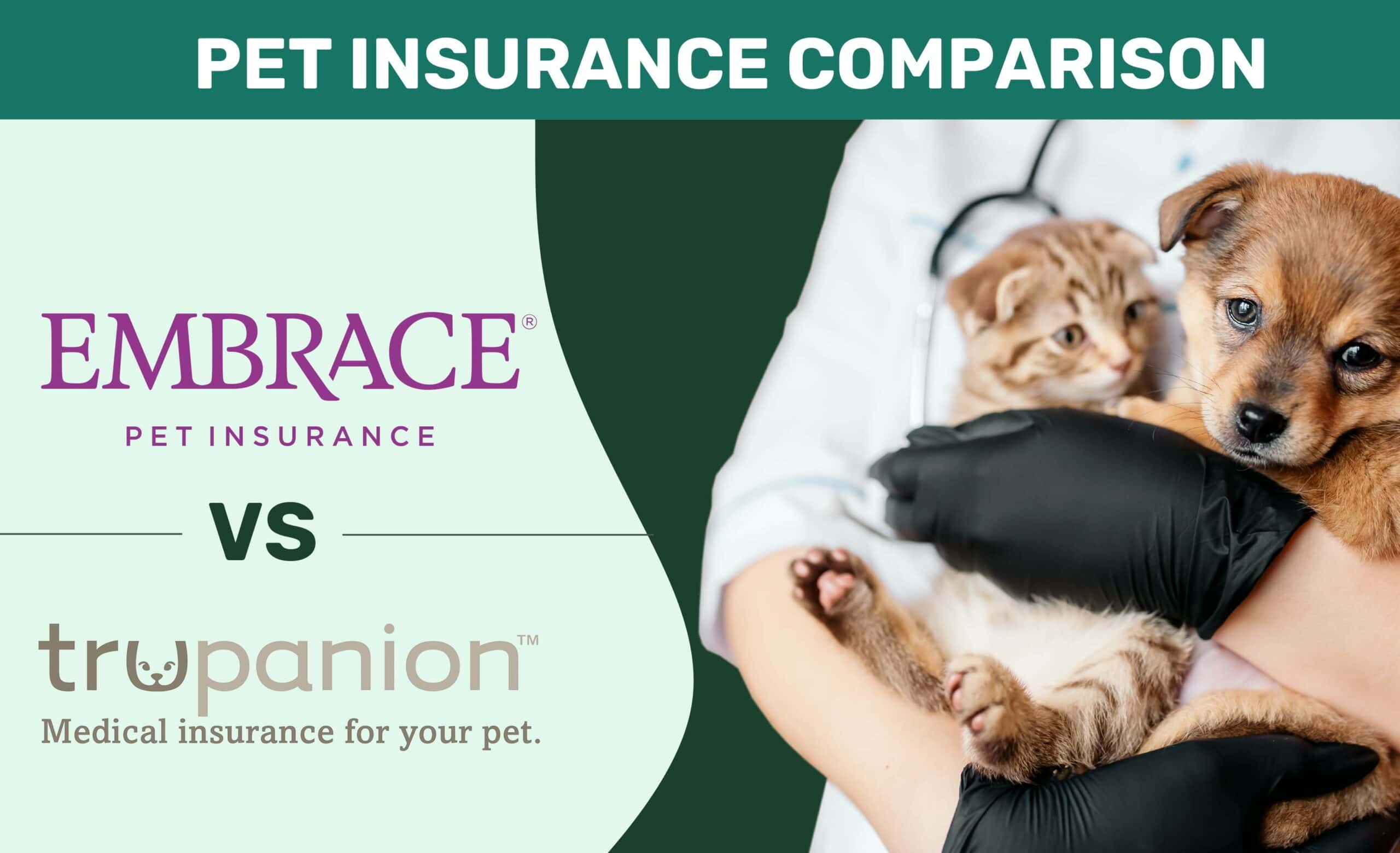
Pet insurance is an important pet care cost to consider, especially in Colorado. With the abundance of outdoor activities that you can participate in with your pets, it’s best to have peace of mind in knowing that your pet’s covered if it happens to get into any accidents.
The cost of pet insurance in Colorado varies greatly, and pet owners can expect to pay anywhere between $15-$100 per month. Several different factors affect pet insurance prices, and we’ll go over all you need to know to find the best plan at the most affordable price.

The Importance of Pet Insurance
Pets have become important family members in American homes and have experienced a significant increase in their quality of life. More pet owners are willing to pay thousands of dollars1 on treatments for their pets, while veterinary care costs are projected to become more expensive2 each year. One recent survey reveals that 42% of Americans can’t cover3 surprise vet bills due to rising inflation.
While pet insurance may sound like an unnecessary luxury, it may lead to significant savings and can also help pet owners with budgeting by making medical care costs more predictable. It reduces the risk of placing yourself in a position where you must make tough decisions about your pet’s treatments due to financial reasons.

How Much Does Pet Insurance Cost?
The price of pet insurance in Colorado will vary significantly. First, dog insurance is typically more expensive than cat insurance. Your location will also affect prices, and larger cities tend to have the highest insurance rates due to higher costs of living.
Your pet’s age and breed will also impact pet insurance prices. Older pets have more expensive premiums than younger pets. Pets known to have significant hereditary conditions may also have higher costs.
Many pet insurance companies provide customizations to plans, which will affect your premium amount. You can add riders or add-ons to base plans to expand your coverage. Companies can offer different options for deductible amounts, reimbursement rates, and annual limits. Pet insurance plans with high deductibles, low reimbursement rates, and low annual limits are often the cheapest.
Lastly, some pet insurance companies have different payment plans so that you can pay your premiums on a monthly, quarterly, or yearly basis. Quarterly and yearly payment plans usually have discounts applied to them.
Here are some average costs of accident and illness plans in various areas of Colorado:
| 1-Year-Old Mixed Breed Puppy | 5-Year-Old Miniature Poodle | 5-Year-Old Bernese Mountain Dog | 1-Year-Old Mixed Breed Kitten | 5-Year-Old Domestic Shorthair | 5-Year-Old Munchkin | |
| Aurora | $37 | $51 | $133 | $16 | $18 | $38 |
| Boulder | $39 | $53 | $138 | $17 | $24 | $39 |
| Colorado Springs | $34 | $46 | $119 | $15 | $21 | $34 |
| Denver | $39 | $53 | $138 | $17 | $24 | $39 |
(Source: https://quote.embracepetinsurance.com/select-a-policy)
Top Rated Pet Insurance Companies
Additional Costs to Anticipate
Some pet insurance plans don’t include vet office fees. So, you may still have to pay out-of-pocket for the consultation fee.
It’s also important to consider annual limits and lifetime limits. Annual limits are the maximum amount that pet insurance companies will reimburse you every year.
Lifetime limits are the maximum amount that companies will reimburse you throughout your pet’s life.
So, if your insurance plan has an annual limit of $3,000 and a lifetime limit of $18,000, your pet insurance company will reimburse you up to $3,000 yearly and stop reimbursements once they pay you $18,000. Once you exceed the annual limit or lifetime limit, you’ll have to pay everything out-of-pocket.

When Should I Get Pet Insurance?
It’s often best to get pet insurance as soon as possible for two reasons. First, many pet insurance companies place age restrictions on their policies, so older pets may not be able to enroll in a plan.
Second, pet insurance companies don’t cover pre-existing conditions. You’ll have to submit medical records and your veterinarian’s information with your pet insurance application. Any illnesses or health conditions that have been diagnosed before applying won’t be covered. So, if a pet has been diagnosed with cancer and has been receiving treatments, the pet insurance won’t cover any treatments or medication related to cancer.
Pet insurance companies also have waiting periods. For example, many pet insurance companies have 6-month waiting periods for hip dysplasia. This means that once you purchase your policy, you must wait 6 months in order to receive reimbursements for any treatments and services related to hip dysplasia. If your pet receives a diagnosis within the waiting period, it won’t receive coverage.
What Does Pet Insurance Cover?
Pet insurance companies will sell wellness plans, accident-only plans, and accident and illness plans. Wellness plans help cover routine and preventative care costs, like annual physical exams, flea and tick medication, and fecal exams.
Accident-only plans cover diagnostics and treatments related to unforeseen accidents. So, if your dog injures its leg while running around outside, you can receive reimbursements for items like X-rays and emergency surgeries to treat the injured leg.
Accident and illness plans are the most common types of pet insurance sold by companies. Coverage will vary from provider to provider, but you can expect to receive reimbursements for the following items:

Some pet insurance providers will have more expansive coverage than others, and their plans will include additional items, like alternative therapies, dental care, behavioral issues, hereditary conditions, and prescription foods.
What Doesn’t Pet Insurance Cover?
There are a few key things that pet insurance doesn’t cover. One main item that isn’t covered by pet insurance are pre-existing conditions. However, some companies will have policies that re-evaluate your pet’s health and will offer coverage if your pet has been completely cured of its pre-existing condition and is symptom-free for at least a year.
Most pet insurance companies won’t cover cosmetic procedures, breeding and pregnancy care, grooming, and end-of-life services.
Pet insurance companies also won’t cover preventable illnesses and injuries and medical bills related to abuse or neglect.

Conclusion
Pet insurance is an important pet care cost to consider as it helps with budgeting for veterinary care costs. It’s best to purchase a plan earlier in your pet’s life to ensure that it’ll be covered for any future illnesses or injuries.
It’s often helpful to discuss anticipated costs with your veterinarian before purchasing a plan. A consultation with your veterinarian can help determine what kind of pet insurance plan is best for your specific pet so that you can make more informed decisions when shopping for plans.
Featured Image Credit: Rawpixel.com, Shutterstock








